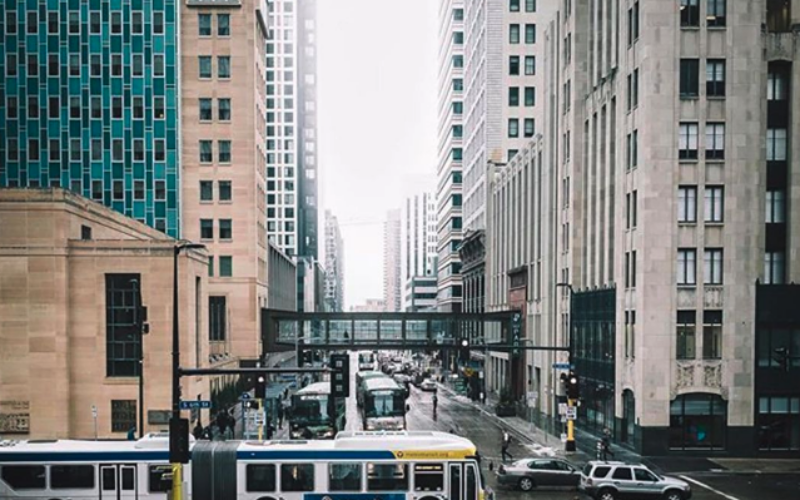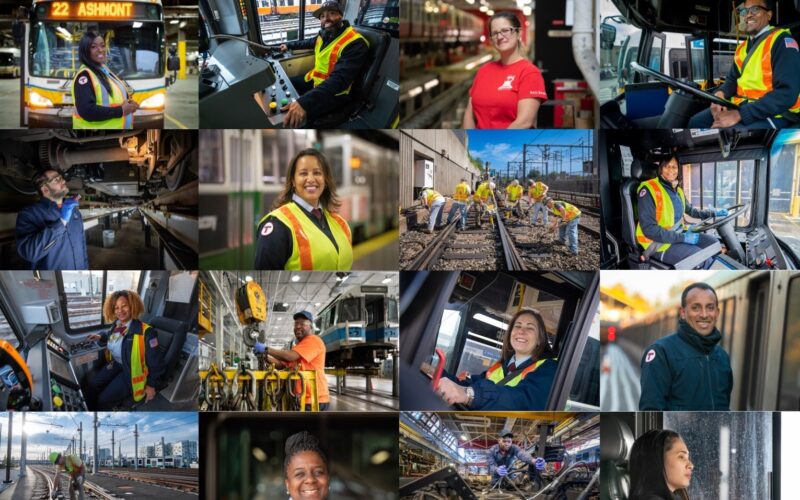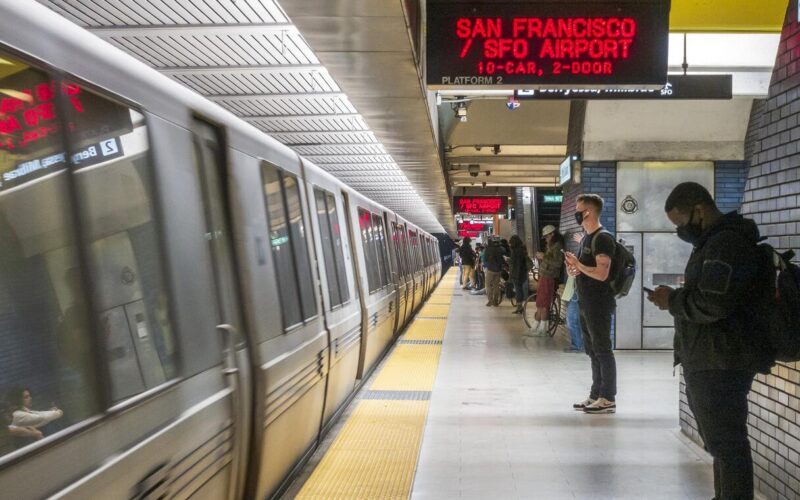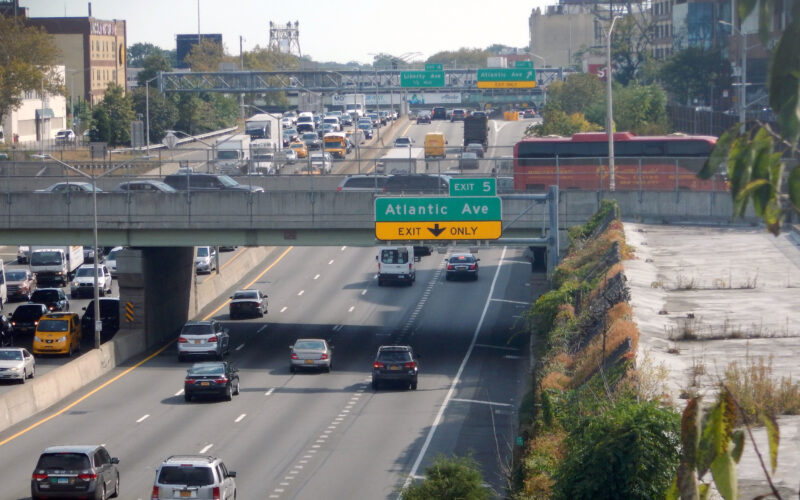Why is it so difficult to build subway and light rail projects in America? Every week there’s a new story about an American transit project that is behind schedule, over budget, or “paused”. Montreal’s Réseau express métropolitain (REM) stands out as a recent North American project that has begun to address some of the challenges that have foiled so many others. What is REM getting right that other projects aren’t?
Read MoreTwo new reports investigate funding alternatives.
Read MoreTransit advocates, organizers, and riders are calling on local and state agencies along with the USDOT to advance projects designed to improve the mobility of Black and Brown individuals at a time when there is unprecedented funding and an equitable framework to transform transportation infrastructure, support the climate, and right historic injustices.
Read MoreNew drug testing rules from the USDOT could make it easier for transit agencies to recruit more operators - but only if they implement the rule.
Read MoreA major legislative accomplishment in Minnesota exhibits the political clout of coordinated efforts between transit and climate advocates.
Read MoreThe Massachusetts Bay Transportation Authority and its union, Carmen’s Local 589, reached a historic agreement to increase bus operators' starting wages from $22.21 to $30 an hour, shifting MBTA operators from the lowest paid to the highest paid in the transportation industry.
Read MoreSebastian Petty and Laura Tolkoff from SPUR - a Bay-Area research and policy nonprofit - break down what's contained in Governor Newsom's 2023-2024 budget and what it means for California transit riders.
Read MoreTransitCenter’s new report, “People First” examines the current challenges facing public sector human resources that limit hiring and retention, and outlines potential solutions to rethink this critical agency function.
Read MoreWe took a look at two billion-dollar highway expansion projects on the table in the Empire State and suggest other ways to spend the money that both improve people’s lives and help to lower emissions.
Read More







